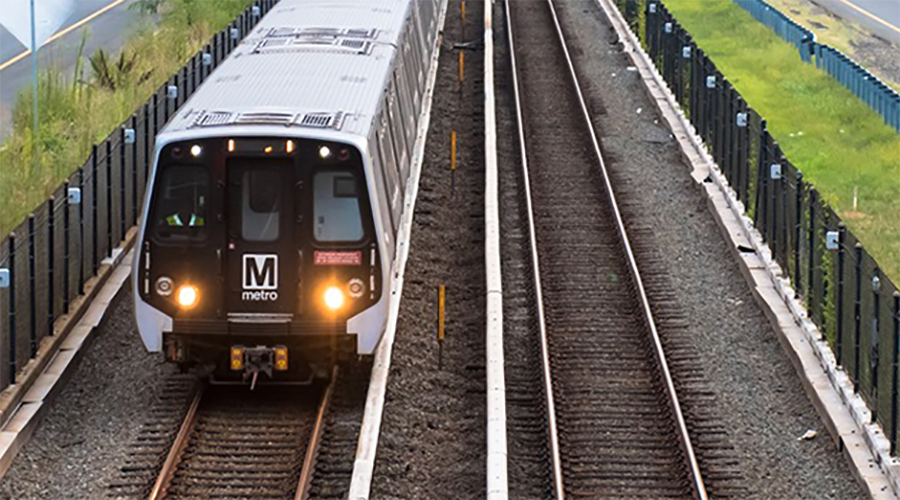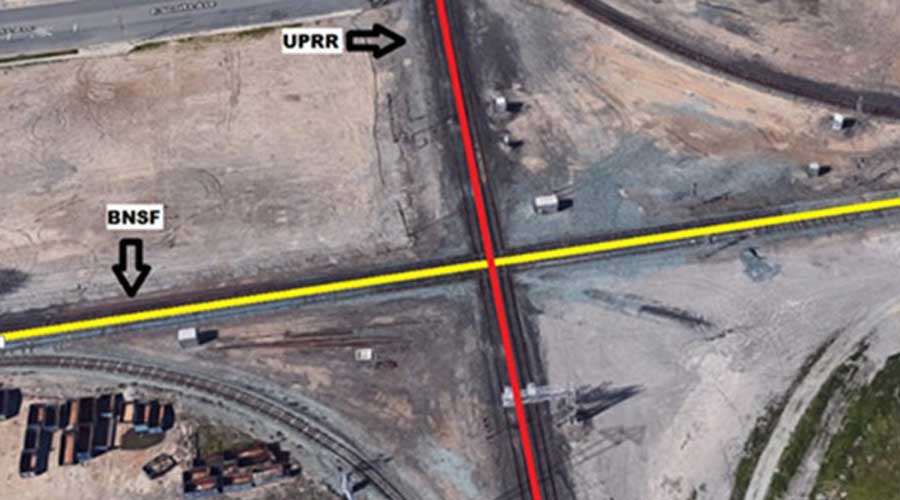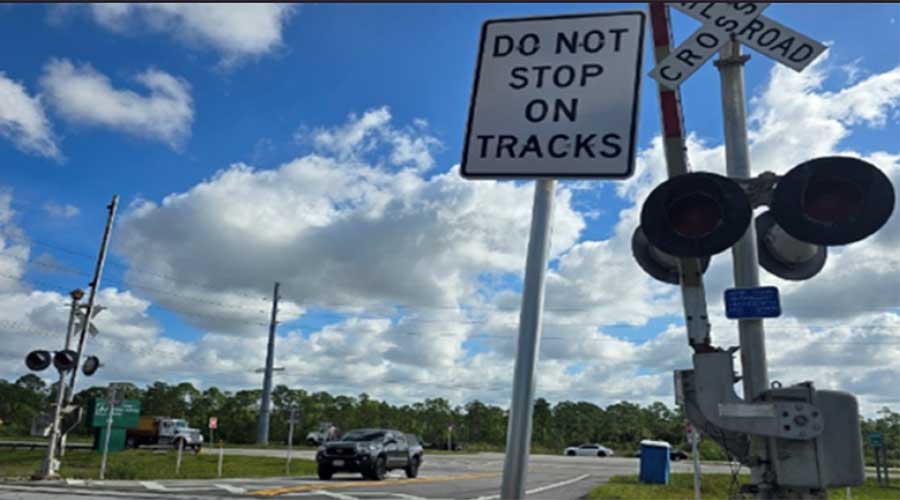Newsletter Sign Up
Stay updated on news, articles and information for the rail industry
Stay updated on news, articles and information for the rail industry
RAIL EMPLOYMENT & NOTICES
Rail News Home
Rail Industry Trends
Rail News: Rail Industry Trends
The United States’ lack of investment in public transit, airports, railroads, roads and bridges will compromise the ability of the nation’s cities to compete globally, according to a report recently released by the Urban Land Institute (ULI) and Ernst & Young.
“Infrastructure 2007: A Global Perspective” reviews the status of current and planned infrastructure investments in countries worldwide, and discusses the evolving infrastructure market.
“America is more of a follower and no longer a world leader when it comes to infrastructure,” the report states. “Too often in the U.S., projects focus on restoration rather than rethinking the model and finding possible efficiencies. There is a tendency to invest in the infrastructure we have instead of the infrastructure we need.”
For example, Japan currently operates 1,250 miles of high-speed rail and will build about 185 miles more by 2020, and China is planning to build more than 1,500 miles of high-speed rail by 2020. In comparison, the U.S. operates about 185 miles of high-speed rail and currently is not building any more. Also, as of 2000, there were more than 750 cars per 1,00 people in the United States; 500 cars per 1,000 people in the United Kingdom; and less than 50 cars per 1,000 people in China.
Also included in the report: a ULI survey of 30 state transportation planning directors, 83 percent of which said the nation’s transportation infrastructure is not capable of meeting the country’s needs during the next 10 years. The planners also said that 97 percent of roads, bridges and tunnels, and 88 percent of transit systems will require at least moderate improvements in the coming years.
5/10/2007
Rail News: Rail Industry Trends
U.S. lagging when it comes to transportation investment, report says
advertisement
The United States’ lack of investment in public transit, airports, railroads, roads and bridges will compromise the ability of the nation’s cities to compete globally, according to a report recently released by the Urban Land Institute (ULI) and Ernst & Young.
“Infrastructure 2007: A Global Perspective” reviews the status of current and planned infrastructure investments in countries worldwide, and discusses the evolving infrastructure market.
“America is more of a follower and no longer a world leader when it comes to infrastructure,” the report states. “Too often in the U.S., projects focus on restoration rather than rethinking the model and finding possible efficiencies. There is a tendency to invest in the infrastructure we have instead of the infrastructure we need.”
For example, Japan currently operates 1,250 miles of high-speed rail and will build about 185 miles more by 2020, and China is planning to build more than 1,500 miles of high-speed rail by 2020. In comparison, the U.S. operates about 185 miles of high-speed rail and currently is not building any more. Also, as of 2000, there were more than 750 cars per 1,00 people in the United States; 500 cars per 1,000 people in the United Kingdom; and less than 50 cars per 1,000 people in China.
Also included in the report: a ULI survey of 30 state transportation planning directors, 83 percent of which said the nation’s transportation infrastructure is not capable of meeting the country’s needs during the next 10 years. The planners also said that 97 percent of roads, bridges and tunnels, and 88 percent of transit systems will require at least moderate improvements in the coming years.


 2025 MOW Spending Report: Passenger-rail programs
2025 MOW Spending Report: Passenger-rail programs
 Gardner steps down as Amtrak CEO
Gardner steps down as Amtrak CEO
 Guest comment: Oliver Wyman’s David Hunt
Guest comment: Oliver Wyman’s David Hunt
 Women of Influence in Rail eBook
Women of Influence in Rail eBook
 railPrime
railPrime







